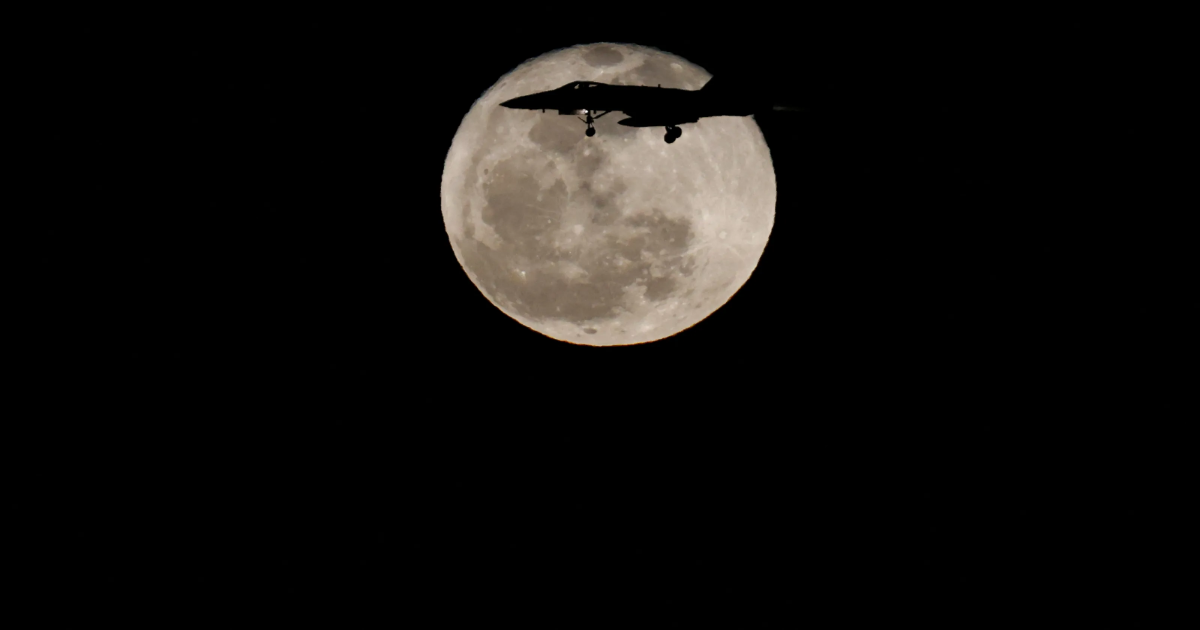Saturday night’s full moon is special in more ways than one.
Observers will witness both a micromoon and a pink moon at the same time Saturday night.
The micromoon refers to a full moon that rises when the celestial body is the farthest from Earth, which NASA states is about a 251,000-mile distance. Space enthusiasts may notice the full moon appearing up to 14% smaller and 30 percent dimmer than a supermoon, according to the space agency.
Meanwhile, the pink moon refers to the first full moon of spring, but unfortunately doesn’t mean the moon will actually shine pink.
Here’s when observers can experience the micromoon Saturday night.
What time can I see the micromoon?
The micromoon will be at its most illuminated at 8:22 p.m. ET on Saturday, though it will be visible throughout the night.
Will it be cloudy Saturday night?
The National Weather Service shared graphics showing the cloud forecast across the U.S. on Saturday at 11 p.m. ET and Sunday at 2 a.m. EST.
See the difference between a regular full moon and a micromoon
Why is it called a pink moon?
The phenomenon gets its name from the bloom of the creeping phlox flowers that occurs in early spring, according to the Old Farmer’s Almanac.
Micromoon to be followed by moon-smile and super new moon
The micromoon is not the only lunar phenomenon set to take place this month.
A slender waning crescent moon will create a triangle with the bright planet Venus and the much fainter Saturn about 30 minutes before sunrise on April 25, according to EarthSky, an astronomy news website.
The three heavenly bodies will appear to form a smile in the eastern sky.
The closest new supermoon of the year follows that on April 27. The moon will be 221,917 miles from Earth, nearly 17,000 miles closer than the moon’s average distance of 238,900 miles, according to EarthSky.
The phenomenon will be invisible to those on earth.
Contributing: Janet Loehrke
